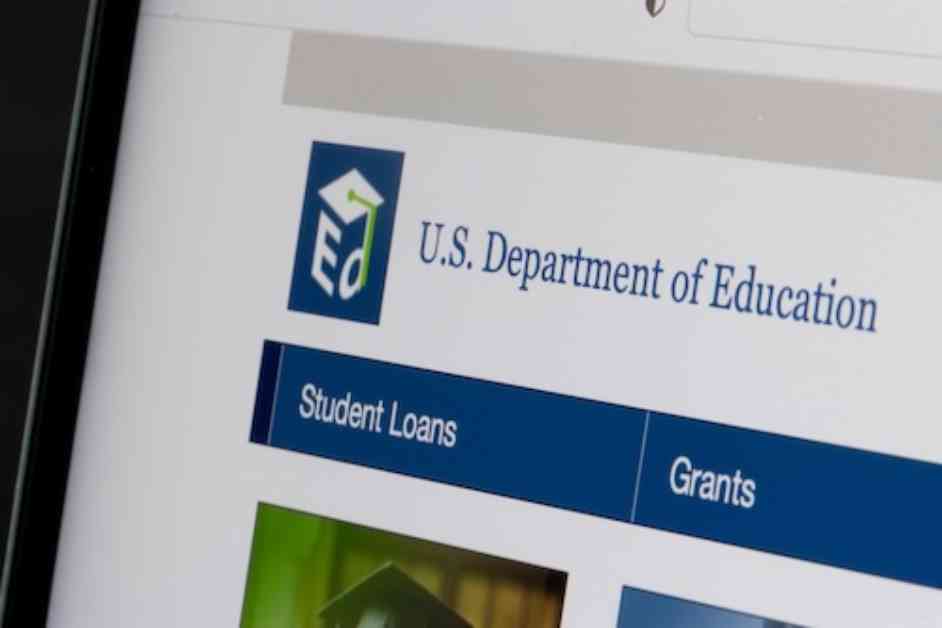President Donald Trump has made a significant move by signing an executive order aimed at closing the U.S. Department of Education. This order instructs Education Secretary Linda McMahon to take steps to facilitate the closure of the department and return authority over education to the states and local communities, while ensuring the continued delivery of essential services and programs.
Despite conflicting polling data, Trump believes that closing the department is a popular idea that will save money and improve the academic performance of American students compared to their global counterparts. The president also emphasized that other federal agencies would take over critical programs currently administered by the Education Department, such as those benefiting students from low-income backgrounds and students with disabilities.
The executive order represents a symbolic victory for Trump, who has long expressed a desire to shut down the department. However, the president has already made significant changes within the department through massive layoffs and buyouts announced by McMahon earlier this month, which significantly reduced the department’s staff.
While the order signals Trump’s commitment to his campaign promise of closing the department, it remains uncertain how it will impact the department’s operations or overall existence. By law, only Congress can eliminate a cabinet-level agency, and changing the department’s main functions would require congressional approval, which may prove challenging.
Impact on Education and Civil Rights
The U.S. Department of Education plays a crucial role in administering federal assistance programs for education, including Title I for high-poverty schools, the Individuals with Disabilities Education Act (IDEA), and financial aid for college students. The department also enforces civil rights laws, shares best practices with states, and oversees the identification of underperforming schools for additional support.
Conservatives have long advocated for the elimination of the Education Department, citing its failure to address academic performance issues and perceived ideological biases. Trump’s executive order directs McMahon to terminate programs promoting diversity, equity, and inclusion, which critics argue may undermine efforts to create inclusive and welcoming school environments.
Public education advocates express concerns about the potential loss of critical expertise and protections for students’ civil rights if the department is significantly diminished. Layoffs and restructuring within the department have already had tangible effects, impacting offices responsible for civil rights enforcement, student aid, and educational research.
Challenges and Legal Implications
The executive order to close the Education Department could face legal challenges, given the constraints of existing laws that govern the department’s functions and funding. While Trump and his supporters view the closure as a cost-saving measure that will lead to better educational outcomes, critics warn of the potential consequences for students and educators across the country.
Efforts to overhaul the department’s structure and functions may disrupt ongoing initiatives and jeopardize federal funding that supports state and local education budgets. The push to eliminate the department reflects broader ideological debates about the role of government in education and the balance between federal oversight and state autonomy.
In conclusion, Trump’s executive order targeting the closure of the U.S. Department of Education marks a significant shift in federal education policy. The implications of this decision remain complex and uncertain, raising questions about the future of education governance, funding, and civil rights enforcement in the United States. As stakeholders across the education sector navigate these changes, the broader impact on students, families, and communities will continue to unfold.






